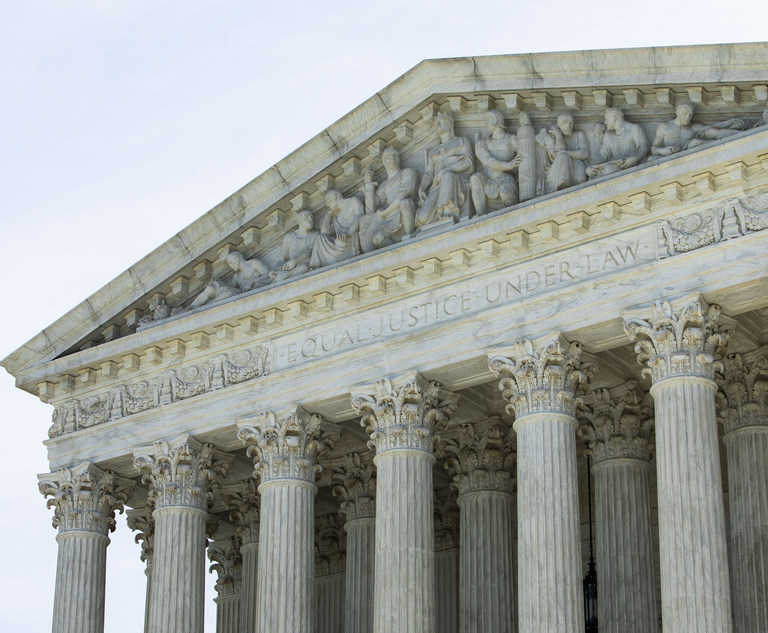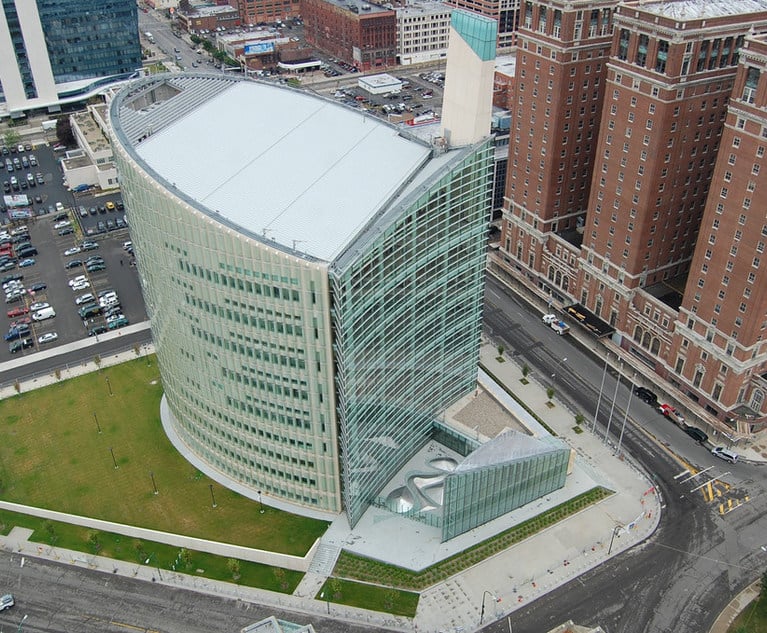While the U.S. Supreme Court has held that a “punitive” forfeiture order may constitute a constitutionally excessive fine “if it is grossly disproportional to the gravity of a defendant’s offense,” United States v. Bajakajian, 524 U.S. 321, 334 (1998)—and while the Second Circuit has since articulated various factors for courts to consider in evaluating whether an order of forfeiture is “grossly disproportional,” United States v. Viloski, 814 F.3d 104 (2d Cir. 2016)—defendants have not historically been successful in challenging an otherwise properly calculated forfeiture order as constitutionally excessive.
That may be about to change. In what appears to be a first, Judge Jed S. Rakoff issued an opinion this fall in which he (1) agreed the Government had met its burden of establishing a multi-million forfeiture obligation under the applicable statute, but (2) applying the Viloski factors found such an order would be “grossly disproportional” to the defendant’s offense and thus declined to enter it. United States v. Akhavan, 2021 U.S. Dist. LEXIS 16387, at *3 (S.D.N.Y. Aug. 30, 2021). The decision—and the reasoning behind it—may provide a potential roadmap for defendants considering challenging forfeiture orders as unconstitutionally excessive going forward. Indeed, the potential implications of Judge Rakoff’s ruling are such that the Government has already indicated its intention to take an exceedingly rare affirmative appeal.


 U.S. Supreme Court building on Tuesday, April 23, 2019.
U.S. Supreme Court building on Tuesday, April 23, 2019.




